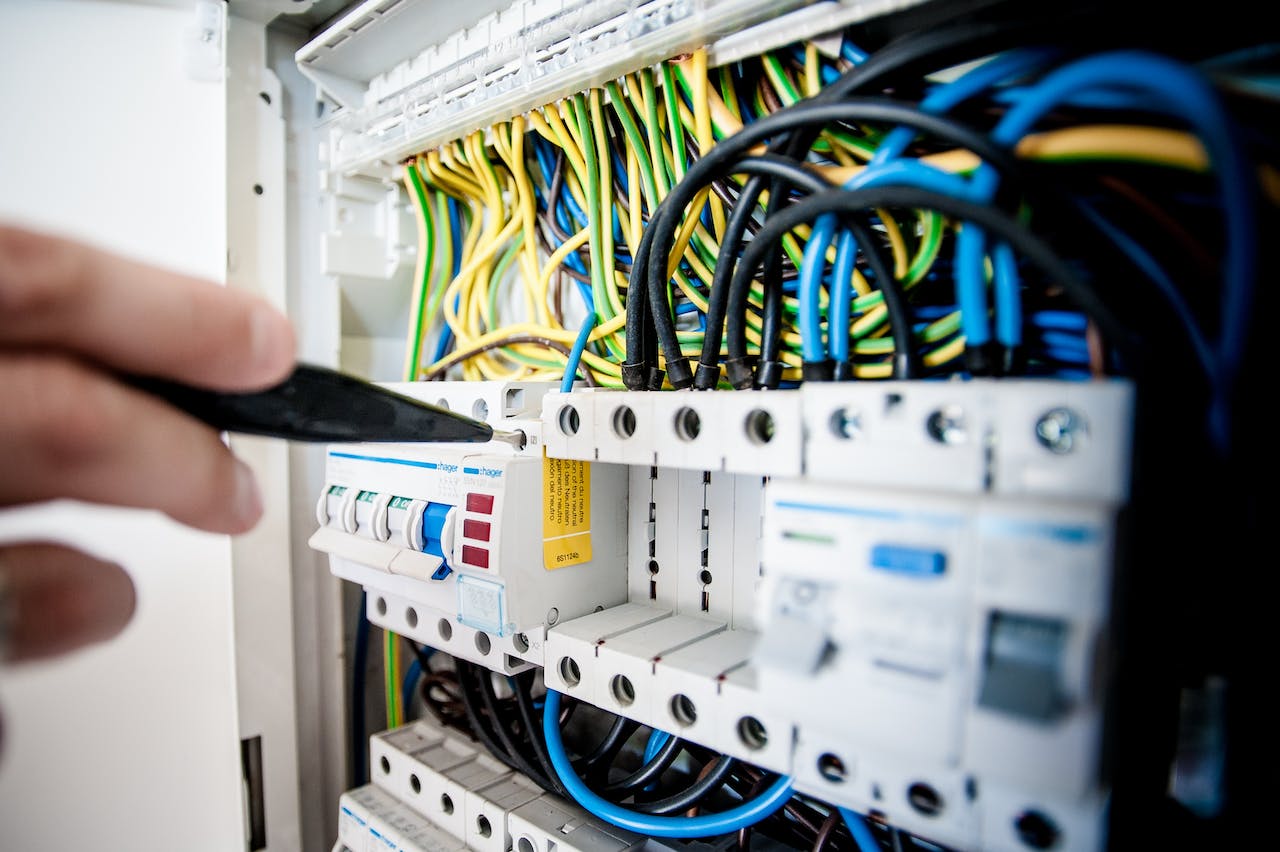Last update at :2024-04-30,Edit by888u
Sometimes when you buy a VPS, you will find that some small businesses dare to guarantee customers how much money can be refunded if the online time is less than 99%. Why are they so stupid? In fact, this question is very simple. Let's first understand the concepts of Tier1, Tier2, Tier3, and Tier4, and the results will almost come naturally. This article is not my original work and is purely reprinted: Let’s talk about the classification standard first: According to TIA-942 (ANSI/TIA/EIA-942-2008_Telecommunications Infrastructure Standard for Data Centers—"Telecommunications Infrastructure Standard for Data Centers" approved and promulgated by the American National Standards Institute (ANSI) in 2005 "Telecom Infrastructure Standard") defines four different levels for the availability of infrastructure in data centers (large computer rooms with relatively complete equipment and management can be called data centers), as standards for hierarchical certification of data center infrastructure. The four different levels of certification are named Tier 1, Tier 2, Tier 3, and Tier 4, respectively, corresponding to the availability indicators and annual average failure time of the data center: Level 1: Availability 99.671%, average annual failure time 28.8 hours. (Passed basic certification) Level 2: Availability 99.741%, mean annual failure time 22 hours. (Silver certified) Level 3: Availability 99.982%, average annual failure time 1.6 hours. (Passed Gold Level Certification) Level 4: Availability 99.995%, average annual failure time 0.4 hours. (Platinum certified) Differences between the four levels
Tier 4 is the highest, Tier 1 and Tier 2, Tier 3 and Tier 4 are all relatively close. At present, the data center services provided in mainland China are mainly IDC, and most of them are T2 level. The difference from T3 level is mainly reflected in the level of power distribution and cooling capacity.
T2 level is a single-circuit design with the possibility of single-point interruption. In contrast, the T3 level allows one path to bear the load while the other path is undergoing maintenance and testing. The cost of investing in a T3-level data center is huge, often costing hundreds of millions.
Tier3 computer room definition:
Tier3 computer room: A Tier3 computer room that can maintain parallel maintenance-level computer room infrastructure. The basic requirement of a Tier3 computer room is that the Tier3 computer room has redundant components and backup capacity components. Have multiple independent redundant power distribution and cooling distribution paths to supply computer equipment. Only one distribution path is required to provision computer equipment at any time. All IT equipment is dual powered. Fault-tolerant power for data centers follows the specification (version 2.0) and is properly installed and compatible with the topology of the data center infrastructure. Any transmission equipment that uses point switches must be incorporated into computer equipment that does not comply with this specification. Tier 3 computer room performance confirms that each component or component in the distribution path of the backup capacity component or component can be removed from service in a planned manner without causing any disruption to the computer equipment. When the backup component is removed from service for any reason, there is enough permanently installed backup capacity to meet the needs of the computer room. For large systems, this means two independent pathways. There must be sufficient processing capacity and distribution paths to allow one path to carry the load while another path is undergoing maintenance and testing.
Tier3
Level computer room operational impact allows all planned on-site activities to be conducted without causing disruption to computer hardware operations. Planned activities include: protective and procedural maintenance, repairs and component replacement, adding or subtracting components related to processing capacity, component and system testing, energy efficiency retrofit activities and more. The overall operation of the computer room is easily affected by unplanned activities. Any unplanned activities (such as operating errors or natural failure of facility components) causing capacity system interruption or failure will affect the overall operation of the computer equipment or computer room. Any unplanned outage or failure of capacity components or allocation elements may affect computing equipment. Human operating errors in computer room infrastructure components may cause equipment room operations to be disrupted. For planned maintenance of computer room infrastructure, redundant capacity components and backup distribution paths can be used to safely replace maintenance equipment to perform tasks. During repairs, the risk of damage may increase. (Such maintenance conditions will not invalidate the rating achieved by normal operation). Tier3 data center rooms can usually be upgraded to Tier4 data center rooms when the customer's business needs allow for increased costs for higher-level protection. The availability of the Tier3 data center computer room is 99.982%.
Recommended site searches: overseas domain names, US ASP space, Guangdong server hosting, Chinese domain names, independent IP, server rental, server evaluation, best US servers, Western Digital registration, virtual space hosting,








发表评论